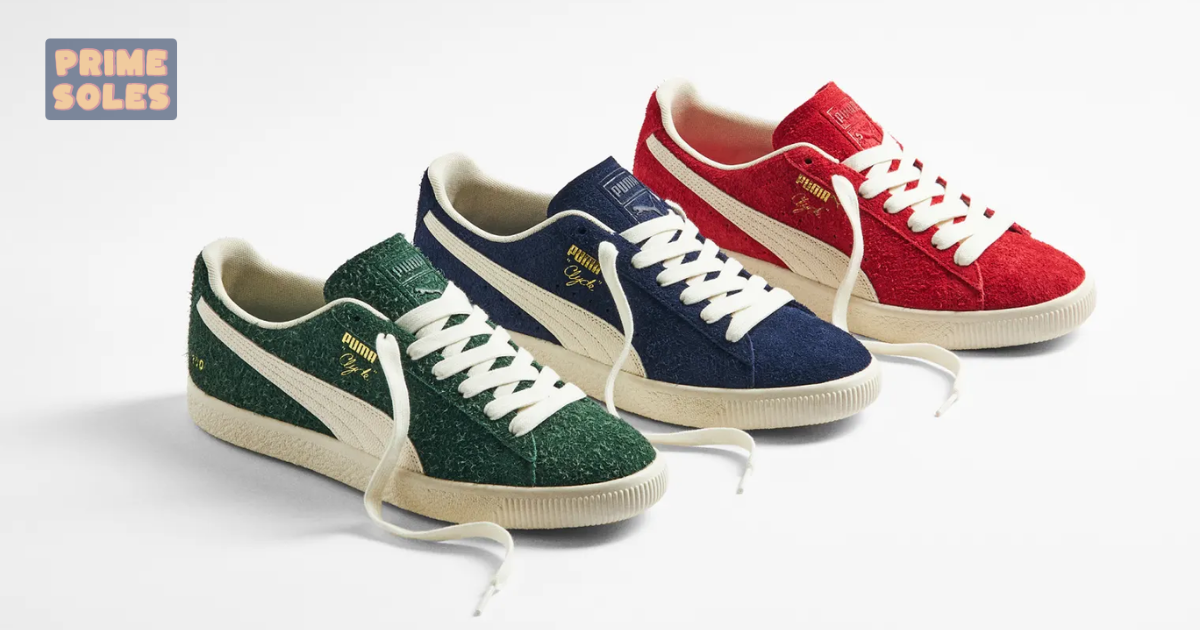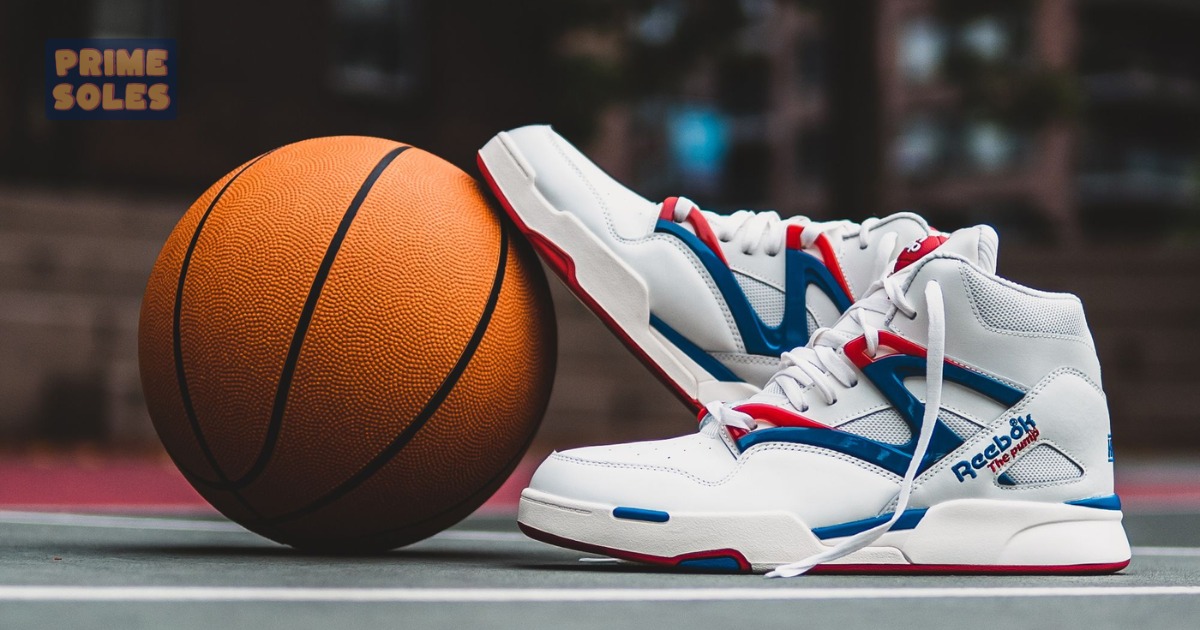Sneakers have transcended their initial function as athletic wear to become cultural icons in their own right. From the basketball courts to the streets of hip-hop in New York, sneakers have been at the forefront of fashion, identity, and status. This article delves into the journey of sneakers through the decades, highlighting their impact and iconic status in pop culture.
The Rise of Sneakers in Pop Culture
Initially designed for athletic purposes, sneakers quickly found their way into everyday fashion due to their comfort and versatility. Early adopters, including athletes and musicians, played a pivotal role in introducing sneakers to a broader audience. As they gained popularity, sneakers began to symbolize rebellion, youth, and a break from the traditional.
Iconic Sneakers over the Decades

1950s to 1970s: The Emergence of Iconic Sneakers
Converse All Stars (Chuck Taylors)
The Converse All Stars, commonly known as “Chuck Taylors,” originated as a basketball shoe in the early 20th century. However, during the 1950s to 1970s, they evolved far beyond the basketball court. These canvas and rubber shoes, named after basketball player Charles “Chuck” Taylor, who was instrumental in their design and promotion, became an emblem of youth culture and rebellion. Their simple, versatile design made them popular among various youth subcultures. The Chuck Taylors were not just footwear but a statement against the mainstream, resonating with a spirit of independence and non-conformity.
Adidas Stan Smith

Initially designed as a tennis shoe in the early 1960s, the Adidas Stan Smith underwent a remarkable transformation from a sports shoe to a fashion icon. Named after the renowned tennis player Stan Smith, these shoes were distinguished by their minimalistic design and the iconic green padding at the back. By the 1970s, they had transcended their athletic origins, becoming a staple casually. Their clean and simple aesthetic allowed them to blend seamlessly with various fashion styles, making them a beloved choice for people of all ages.
Puma Clyde

The Puma Clyde, associated with basketball legend Walt “Clyde” Frazier, is a classic example of a sports shoe that bridged the gap between athletic performance and street style. Introduced in the early 1970s, these sneakers were customized especially for Frazier, with a wider design to suit his style on the basketball court. The Puma Clyde quickly gained popularity off the court, known for its comfort and sleek design, and became a symbol of the intersection between sports excellence and fashion.
1980s: The Rise of Sneaker Culture
Air Jordan 1

The 1980s witnessed a revolutionary moment in sneaker history with the launch of the Air Jordan 1. Michael Jordan’s first signature shoe, produced by Nike in 1985, not only transformed sneaker marketing but also became a cultural phenomenon. The Air Jordan 1, with its bold colorways and unique design, broke the norms of traditional basketball footwear. It was not just a shoe but a symbol of Jordan’s prowess and style. The marketing campaigns, combined with Jordan’s rising fame, turned these sneakers into coveted items, sparking a sneaker-collecting subculture.
Nike Air Force 1

Introduced in 1982, the Nike Air Force 1 was more than just a basketball shoe; it became an enduring icon of streetwear. Named after the U.S. President’s airplane, these sneakers were the first to incorporate Nike Air technology, revolutionizing comfort in footwear. Over the years, the Air Force 1 transcended its athletic roots, becoming a canvas for artists and designers, and a staple in hip-hop culture. Its bulky silhouette and variety of colorways allowed for personal expression, making it a favorite in the urban fashion scene.
Reebok Pump

The Reebok Pump, launched in 1989, is notable for its innovative technology and its role in the era’s technological optimism. The Pump technology allowed wearers to customize the shoe’s fit by inflating a bladder inside the shoe. This feature, combined with its unique design, captured the imagination of a generation. The Reebok Pump became more than a shoe; it was a symbol of the technological advancements and the futuristic approach of the late 1980s.
1990s to 2000s: Diversification and Cultural Integration
Nike Air Max series

The Nike Air Max series, first introduced in 1987 with the Air Max 1, became particularly prominent in the 1990s. These sneakers were groundbreaking, featuring visible air units in the sole, a design that combined innovation with aesthetic appeal. The Air Max series continually evolved, incorporating new technologies and designs, and became synonymous with Nike’s commitment to innovation. They were not just athletic shoes but fashion statements, often seen as a reflection of the wearer’s personality and style.
Adidas Superstar

The Adidas Superstar, originally released in 1969 as a basketball shoe, rose to immense popularity in the 1990s, largely due to its adoption by hip-hop culture. The shoe, known for its distinctive shell toe and sleek design, was immortalized by the hip-hop group Run-D.M.C. in their song “My Adidas.” This endorsement highlighted the Superstar’s transition from the basketball court to an essential element of hip-hop fashion and culture, symbolizing a unique blend of style, music, and street identity.
Vans Old Skool

The Vans Old Skool, first released in 1977, became an integral part of skate culture and the Southern California lifestyle in the 1990s and 2000s. Known for their durable design and sticky sole, ideal for skateboarding, these sneakers were more than just functional; they were a symbol of the skateboarding subculture. The Old Skool’s various designs, including the iconic side stripe, and their association with the burgeoning skate and surf scenes, made them a staple in youth fashion, embodying a laid-back, rebellious spirit.
Sneakers and Celebrity Influence
Celebrities have significantly influenced the popularity and perception of sneakers. Collaborations between brands and artists or athletes often lead to highly coveted releases. For instance, Kanye West’s Yeezy line with Adidas disrupted the industry with its unique designs and limited releases, creating a frenzy among collectors and fans.
Sneakers in Movies and Television
Sneakers have had memorable moments in films and TV, often becoming as iconic as the characters who wore them. The Nike Mag, featured in “Back to the Future Part II,” is a prime example, capturing the imagination of fans and collectors with its futuristic design and limited availability.
The Role of Sneakers in Music
Hip-hop has been instrumental in elevating sneakers to symbol status. Run-DMC’s “My Adidas” is a testament to the deep connection between the genre and the footwear. Sneakers in hip-hop are not just about fashion; they’re about identity, community, and self-expression.
Sneakers as a Symbol of Social Status and Identity
Sneakers can convey a lot about a person’s identity and social status. Limited editions and exclusive releases have created a culture of desire and exclusivity. Owning a rare pair of sneakers can elevate one’s status within certain communities, making sneakers much more than just footwear.
The Resale Market and Collector Culture
The sneaker resale market has exploded, turning sneakers into investment pieces. Platforms like StockX and GOAT have facilitated this boom, providing a marketplace for collectors and resellers. Some sneakers fetch astronomical prices, reflecting their iconic status and demand.
The Future of Iconic Sneakers
As we look to the future, sustainability and innovation are set to define the next generation of iconic sneakers. Brands are experimenting with eco-friendly materials and 3D printing, while digital technology is creating new ways to design, customize, and experience sneakers.
Conclusion
Sneakers have come a long way from their humble beginnings. They are now ingrained in the fabric of pop culture, symbolizing much more than just footwear. As they continue to evolve, one thing remains certain: sneakers will continue to captivate and influence generations to come.
